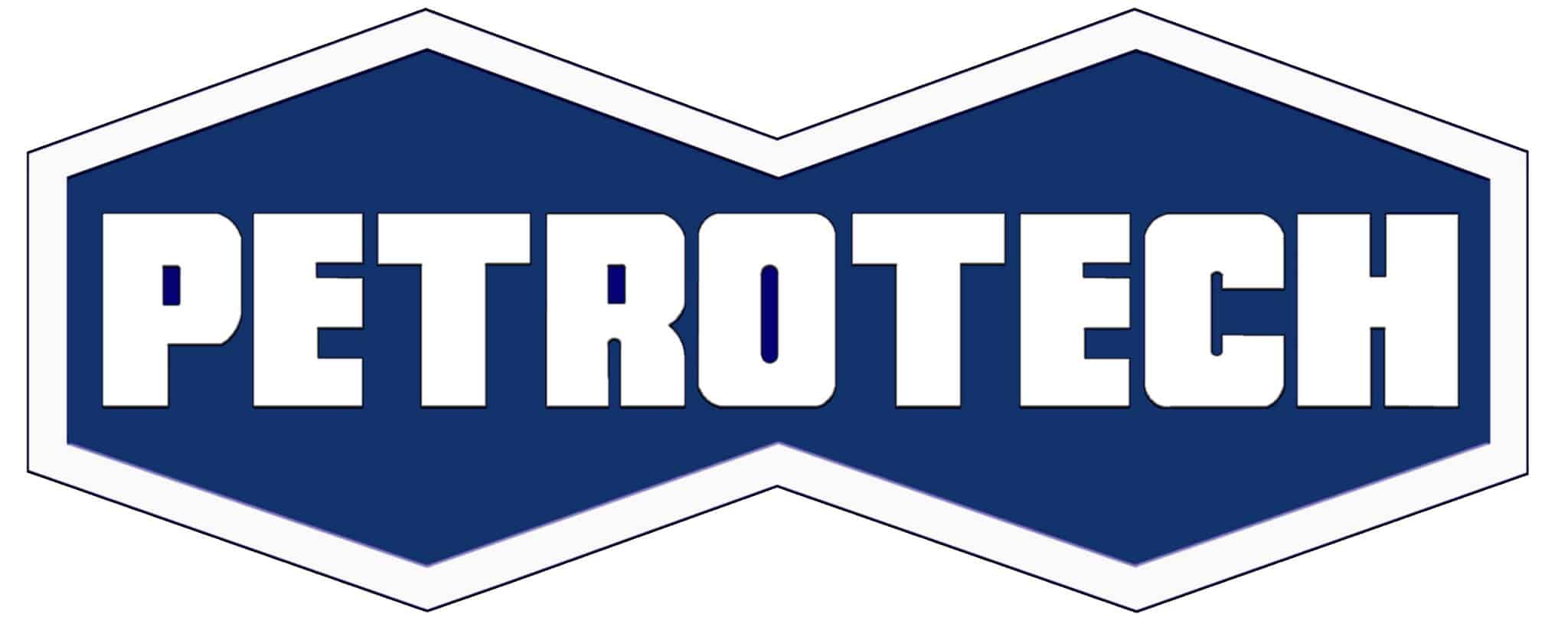Operational efficiency and reliability are paramount to remain competitive in the oil and gas industry. At Petrotech, we are committed to helping our clients achieve this by drawing from over 40 years of expertise in turbomachinery and process control systems. We offer advanced control systems that improve reliability, reduce downtime, and increase operational efficiency. Our integrated solutions for gas and steam turbines, generators, compressors, and pumps can replace or enhance DCS-based controls. Thus ensuring top performance and customer satisfaction in oil & gas, petrochemical, and power generation sectors.

Automation in the Oil and Gas Industry
The oil and gas industry is continuously evolving due to the regular integration of automation technologies. From exploration and production to refining and distribution, automation is crucial in optimizing operations, reducing costs, and enhancing safety. This article explores automation systems in the oil and gas industry, their benefits, and the IEC 61131 standard.
Control Automation Systems in the Oil and Gas Industry
The industry has several automation deployments, but the following sections review the most common.
PLC Technology
Programmable Logic Controllers (PLCs) are critical for controlling automated processes within the industry. PLCs connect with field devices to manage operations efficiently using various communication protocols. They are integral in automating and optimizing production, reducing the need for manual intervention, and enhancing safety. PLCs serve in diverse applications, from equipment monitoring to process control and data logging. They provide real-time process monitoring, which minimizes maintenance and operational costs by identifying potential issues early. The operation of a PLC can be described in three simple steps.
- Input Scan: The first step in a PLC’s operation is to detect the state of all field devices connected to it. It achieves this using sensors that continuously feed key parameters such as temperature, pressure, etc.
- Program Scan: The next step involves the PLC scanning its program, which its supplier or operator created. This program dictates control commands that are dependent on input parameters. Depending on the operator’s preference, various programming languages can be used, mostly ladder logic and ‘C’ programming.
- Execution: Finally, the PLC energizes or de-energizes field devices according to its program’s dictates. Then, it reverts to the first step until the input parameters meet preset conditions.
DCS
As control systems become larger and more complex, it may become necessary to deploy a DCS, a Distributed Control System. Its function is not to replace a PLC; rather, they complement each other. This is because a DCS can divide the entire system into subsystems and assign each subsystem a PLC. The DCS then orchestrates the activities of the setup by providing connections between all systems and the sharing of data across the entire workspace.
Typically, a DCS collects data from field devices via analog and digital signals, which arrive at field junction boxes. The signals head to the marshaling cabinet from the junction boxes for sorting and identification. This cabinet contains spare slots for integrating more field devices, therefore allowing for significant expansion. After leaving the marshaling cabinet, the signal goes to the DCS panel for analysis, and the necessary action occurs. The prerequisite action could be automatic or manual by an operator monitoring the system using an HMI (Human Machine Interface). The deployment of a DCS could be in several ways, but its basic functions are as follows:
- Data acquisition, storing, logging, and generation of reports.
- Diagnosis and security of the system.
- Device controls.
- Alarm provision.
SCADA Systems
Supervisory Control and Data Acquisition (SCADA) systems offer more sophistication than PLCs and a DCS. SCADA incorporates a system of computers, graphic user interfaces, and a data communications network, providing high-level process supervisory management. It is the ideal technology for oil and gas industry operators to implement when real-time data acquisition across multiple locations, alongside remote control from a central location, is necessary. Components of a SCADA system include:
- Supervisory Computers: These computers receive and process data from the field devices and send control commands to the controllers on the field. A key function of these computers is that they can perform tagging, thereby preventing certain field devices from unauthorized operation.
- PLCs: A SCADA usually has several PLCs for implementing control commands on the field.
- Remote Terminal Unit (RTU): RTUs facilitate communication between remote stations and central control centers, transmitting data and receiving control commands. RTUs ensure precise control and coordination of equipment operations such as compressors, pumps, turbines, and generators.
- Communication Infrastructure: SCADA’s communication infrastructure utilizes a range of proprietary protocols to enable smooth data transfer between components. Some of these include Modbus, PROFIBUS, Ethernet POWERLINK, etc.
- HMI: The HMI provides a platform for operators to monitor live feeds from the supervisory computers. Operators can observe trends, alarm displays, and data logs from here and give control commands.
Benefits of Automation in the Oil & Gas Industry
The benefits of automation in the oil and gas industry are endless, and the following sections list some of them.
Increase in Productivity and Efficiency
Automated systems collect vast amounts of operational parameters, enabling instant monitoring and adjustments. The use of control algorithms and analytics can help predict equipment failure, schedule maintenance, and extend equipment lifespan. Also, automation can significantly increase the speed and accuracy of production processes, resulting in higher output.
Cost Reduction
Automation reduces the need for human intervention, leading to lower operational costs. Moreover, these systems optimize energy consumption by adjusting operations based on real-time data.
Improved Safety
Automation reduces the need for human presence in hazardous environments, enables quick response to emergencies, as well as strict adherence to safety protocols.
Competitive Advantage
Another advantage of automation is that it allows companies to innovate and quickly adapt to changing market conditions. This agility provides a competitive edge in the dynamic oil and gas industry.
Navigating Automation Standards: The IEC 61131 Framework
Central to the widespread adoption and interoperability of automation in the oil and gas industry is the IEC 61131 standard. This comprehensive framework establishes uniform guidelines for developing, implementing, and maintaining programmable control systems. Thus ensuring compatibility and consistency across diverse applications and vendors. The IEC 61131 encompasses five programming languages, including a ladder diagram, function block diagram, structured text, instruction list, and sequential function chart, catering to varying programming preferences and requirements. This versatility empowers engineers to design and deploy control systems in line with specific operational needs while adhering to industry best practices.
Furthermore, the standard defines key concepts such as task execution, data types, and program organization units (POUs). Hence providing a common language for communication and collaboration among stakeholders. Compliance with the IEC 61131 standard fosters interoperability, scalability, and maintainability, driving efficiency and innovation throughout the automation lifecycle.

